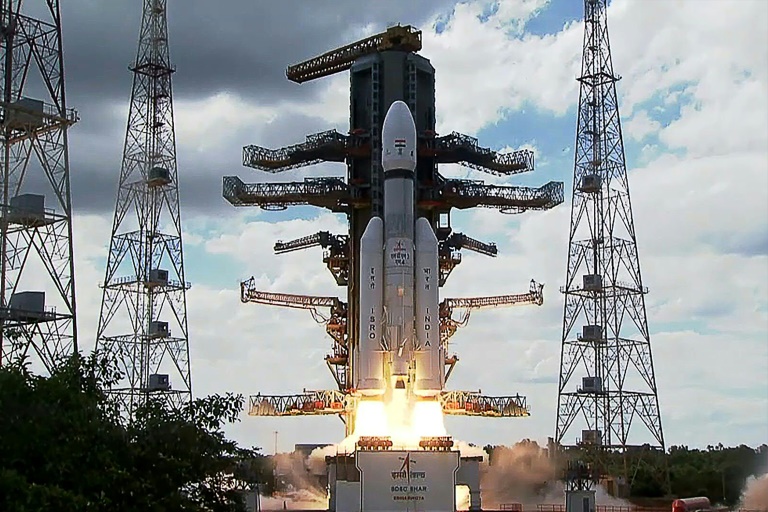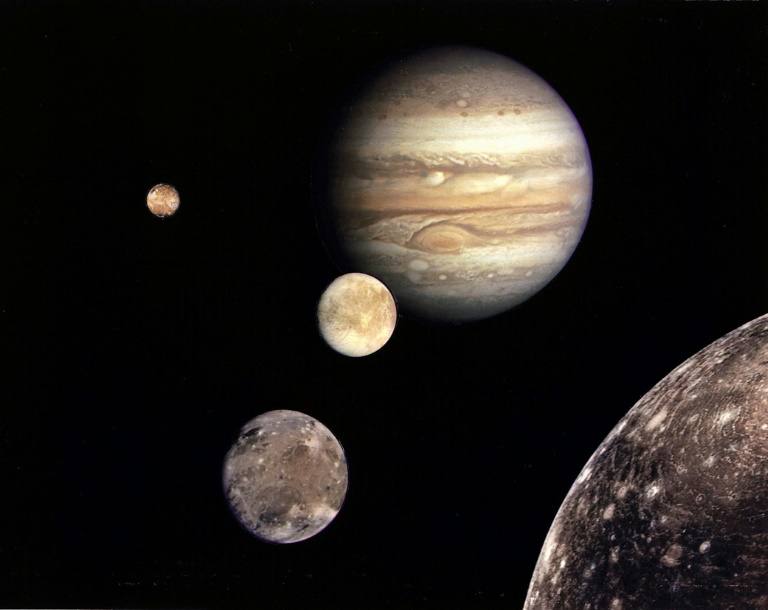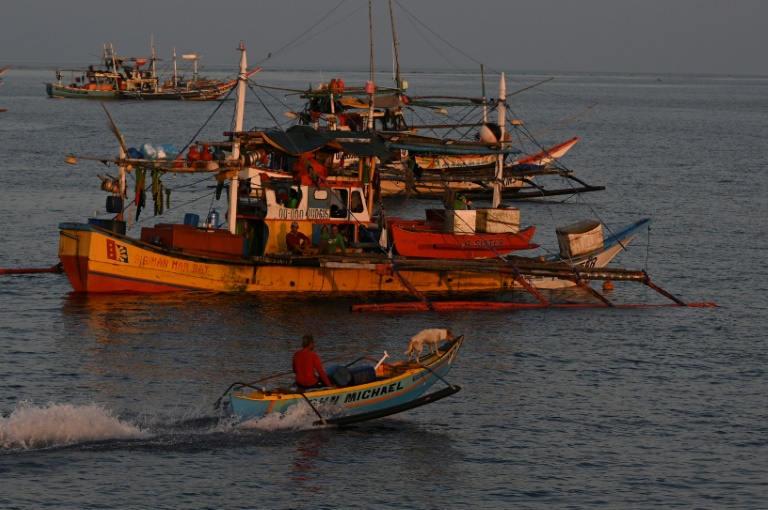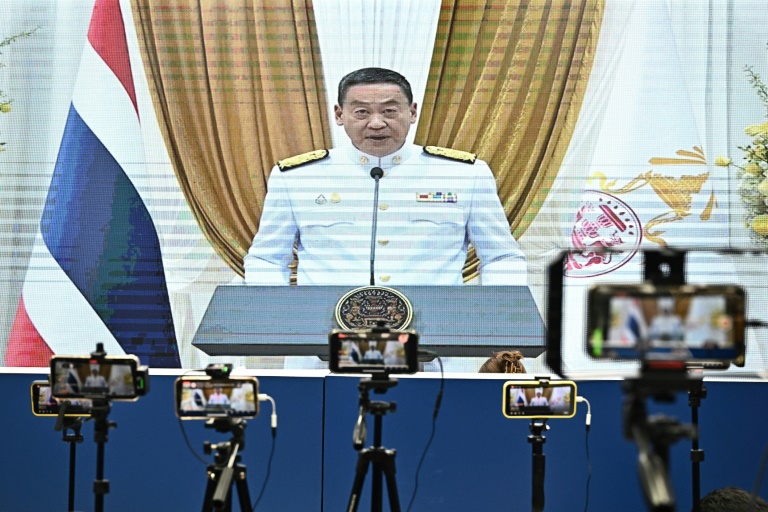KEY POINTS
- The Pragyan rover traversed across a portion of the moon for nearly two weeks after touchdown on Aug. 23
- The solar-powered instruments were shut down and put to sleep before the lunar night (14 Earth days) began
- ISRO will continue efforts to establish contact the instruments till Oct. 6
India’s space agency will continue its efforts to establish contact with Chandrayaan-3’s Vikram lander and Pragyan rover until the next sunset on the moon, which begins on Oct. 6.
The Indian Space Research Organisation (ISRO) said Friday that it attempted to establish communication with the lander and rover but received no signal. Efforts to establish communication will continue.
“We don’t know when it will wake up. It could be tomorrow, or it could also be on the final day of the lunar day. But we are trying. It will be a great achievement if the lander and rover wake up,” ISRO Chief Chief S Somnath said.
After a 40-day journey through space, Chandrayaan-3’s Vikram lander touched down on the moon’s surface on Aug. 23. The Pragyan rover also kickstarted its mission, which was intended to last only one lunar day or 14 Earth days.
The modules of the Chandrayaan-3 mission are solar-powered and not built to survive the freezing temperatures of a typical lunar night. After completing its main objectives, ISRO shut down all operations and put the instruments to sleep just before the lunar sunset.
ISRO attempted to bring them back to life on Sept. 22 even after the intended time period of the mission was over, hoping the batteries were charged and they might have kept the instruments warm enough to survive the lunar night.
“As far as the reawakening of the Lander/Rover is concerned, after the lunar day started on the 22nd of September, it was a foregone conclusion that the task is difficult, if not impossible,” astrophysicist Sandip Chakrabarti told International Business Times.
“Even in the 1960s, NASA used radioactive batteries to work at hostile temperatures. The lithium-ion batteries that ISRO used are known to stop functioning below -40C and may be permanently damaged during lunar nights when the temperature could plunge to -200 to -250C, especially near the south pole,” he added. “I do not think the onboard machines could be rebooted by any feeble below-threshold current that the damaged batteries would generate.”
The Chandrayaan-3 mission has already furthered India’s lunar exploration efforts by a large margin. Several achievements were made before the rover was put to sleep on Sept. 2 and the lander on Sept. 4.
“Chandrayaan-3 has achieved many things for India. It landed successfully in an area about 600 km from the south pole. This itself is worth celebrating,” Chakrabarti said.
“It measured temperatures inside the 8cm depth and found a large difference,” he added. “This is no surprise, as Apollo missions dug several meters inside and concluded that the uppermost 1st meter temperature can vary wildly depending on the location of the Sun.”
India’s moon mission detected the presence of sulfur. The seismometer also detected the signature of a small ‘moonquake,’ but the origin is not known, Chakrabarti added.
Another aim of the Chandrayaan-3 mission was to imprint the Indian national emblem and the ISRO logo on the moon’s surface. In order to do this, the makers of the Pragyan rover had the emblem and logo imprinted on its wheels. When tests were conducted on Earth with moon-like soil, the marks left behind by the rover’s wheels were clear. However, the same marks were not created on the actual moon’s surface. This could mean the moon’s soil is different from what scientists thought, but further analysis is required to reach a proper conclusion.
“Its wheels failed to make logo and emblem marks on the soil which most certainly does not mean that the soil is damp with water, as the temperature varies wildly from -200 C to +200,” said Chakrabarti. “The 26 kilo (57 lbs) rover’s load is distributed over six wheels. So maybe, per wheel basis, the load was not sufficient. We need to wait till full analysis is done.”







